I love to drive around Ireland, especially if I have the luxury of time. I aim my car in the direction that I hope to end up, and then take the by roads, leaving the highway behind. Many of the old “main” roads are still in use and, though narrow by today’s standards, they are still wide enough for another car passing in the opposite direction.
It is down these backroads, with hedgerows on either side, that an older Ireland is revealed. These are the country roads of my childhood, and I drive them with the maxim that getting lost is taking travel directions from the Gods.
I’ve sent many happy motoring hours this way. One recent drive led me to the Clare Glens, where the waterfalls of the River Clare separate counties Tipperary and Limerick. From the Glens I drove a short
distance to the village of Newport, and on to the ancient Benedictine monastery Glenstal Abbey, where the monks sing in Latin at evening vespers, and where I unexpectedly ran into someone I knew, a professor visiting from Notre Dame, but that’s another story.
You can expect the unexpected in Ireland, but what makes the trip truly special is how easy it is to step back in time. It’s a place where the ancient coexists alongside the present day, and you can find yourself communing with the ancestors while standing on an old battle site, or bending over a holy well.
Not everyone likes to get lost, of course, and when I’m with one of my family, they insist on doing the driving.
Last summer, my brother Noel took me for a drive around the South East, where I snapped these photos. We crossed over into three counties (by design) and came across several historical sites in just one afternoon.
Leaving New Ross, Co. Wexford, we followed along the River Barrow to St. Mullens, Co. Carlow stopping at Ballicopagan cemetery where the Mac Murchadhas, Kings of Leinster are buried. It was Dermot MacMurrough who, in an effort to hold onto his own lands, appealed to Henry II to send his Anglo-Norman soldiers to Ireland, and, as the saying goes, they never left. Buried alongside the MacMurchadhas are rebels who fought and died in the 1798 Rebellion, another rising that did not fall our way. Seeing these graves so close together brought to mind the lines of a James Shirley a poem I learned in school: “Sceptre and crown /must tumble down / and in the dust be equal made.”
Leaving St. Mullins we continued on to Graiguenamanagh, Co. Kilkenny, where we parked the car and walked to an old bridge. Taking in the view of the river, I notice another sign of battles’ lost. A plaque that reads: “This portion of the bridge was blown up on 13th June, 1778 by Crown Forces to prevent the insurgents crossing over into Kilkenny.”
We walk on to Duiske Abbey. Graiguenamanagh translates as “village of the monks,” and the 13th century Cistercian Abbey now serves as the parish church. It is so peaceful, that at first I don’t notice that we aren’t alone. There is a singer and an accompanist rehearsing for an event to be. Noel and I quietly look around so as not to disturb them, but as we turn to go, a beautiful soprano voice fills the air. It’s a hymn to Mary, one that was a favorite of my mother’s. As I stand rooted to the spot overcome with emotion, I picture the notes wafting their way up to the heavens, connecting with the souls of the ancestors, and bringing them peace.

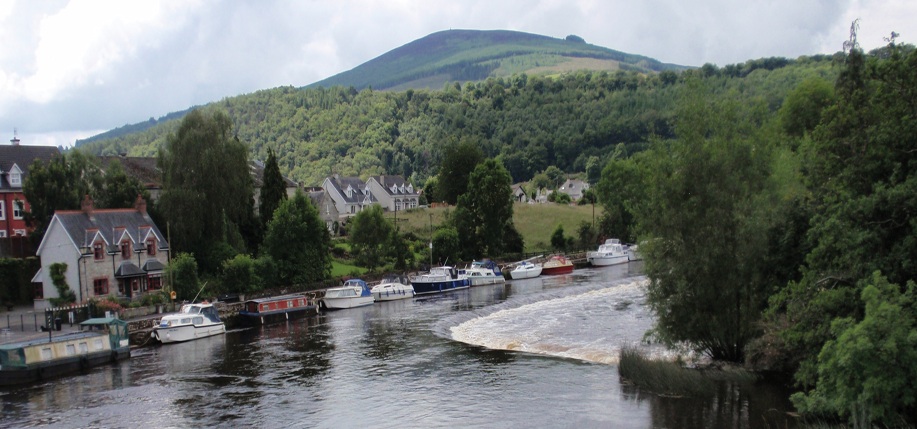
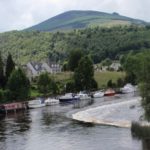
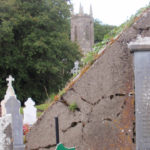
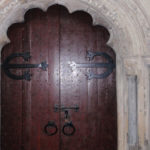
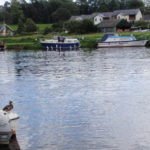
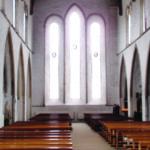
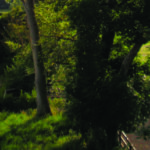
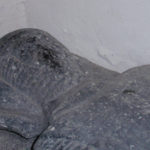
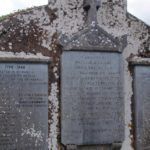
Leave a Reply